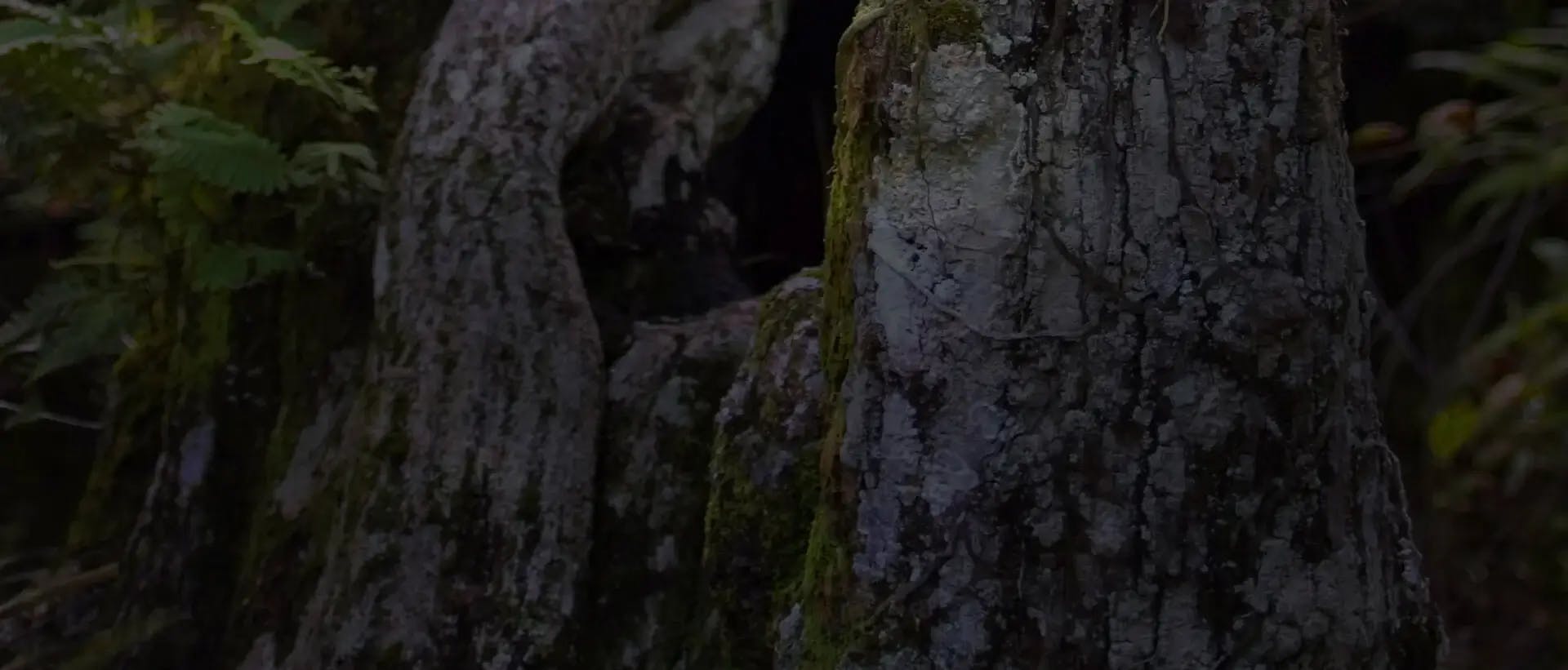Some orchid species are discovered, enter cultivation and remain so over long periods of time while others, either because of rarity, incorrect collection data, cultural difficulty or a combination of these factors, disappear from cultivation rather rapidly and may not ever reappear or do so after a long lapse. Such is the case with Dendrobium amboinense, an incredibly beautiful, although ephemeral-flowered, species.

Photo of Den. amboinense showing plant habit.
This species, an extreme rarity, has disappeared from cultivation twice; first shortly after its discovery in Ambon around 1854 by an English naturalist. It was discovered again sometime be 1895 by a collector working for the firm of Sanders and it remained in cultivation until sometime after 1931 although in extremely limited numbers. A short time ago the species was reintroduced into the United States through a seedling population raised by Michael Ooi of Leng Sun Orchids of Penang, Malaysia. At least two of these seedlings; one purchased at the World Orchid Conference in Miami, Florida in 2008 and one purchased at the Santa Barbara International Orchid Show in March of this year, have reached flowering size.
The species is endemic to the island of Ambon and nearby islands in the Banda Sea and belongs to Schlechter's section Euphlebium (J. J. Smith's section Fugacia meaning fleeting) and is the only member of the section to carry more than one or two flowers per inflorescence. Most species in the genus have angular, clavate (club-shaped) pseudobulbs (flat in the case of Den. orbilobulatum) with two or three leaves near the apex of the growth. Based on our flowering plant, the pseudobulbs of Dendrobium amboinense reach about 50-cm (20 inches) in height with two or three leaves about 6-cm (3 inches long) and about 2.5-cm wide (1 inch). The flowers, up to four per inflorescence in Den. amboinense, are produced on very short racemes from a pit at the node on the side rather than at the angle of the pseudobulbs below the leaves and both leafless and well as pseudobulbs with leaves are capable of producing flowers. The flowers of Den. amboinense are up to 20-cm (about 8 inches) across if the ribbon-like petals are flattened although when carried naturally, the sepals and petals droop producing a distinctly wispy appearance. Flowers on our plant open shortly after midnight and, as the sectional name indicates, were completely closed by sundown. Freshly opened flowers are bone white as illustrated here but as the afternoon progresses the color undergoes a slow change to a pale shade of burnished orange before the flower collapses completely. Along with this color change is a distinct change in fragrance, beginning as a sort of musty, not really pleasant fragrance and becoming more vanilla-like before as the flowers senesce
Little is known with regard to this species but based on its habitat and that of the other species in the section, this lowland species should be grown consistently warm with constant moisture but with excellent drainage. We grow ours in a small plastic pot of sphagnum moss under light levels slightly brighter than Phalaenopsis and the plants are never allowed to become completely dry.

Ron McHatton, September 2009









